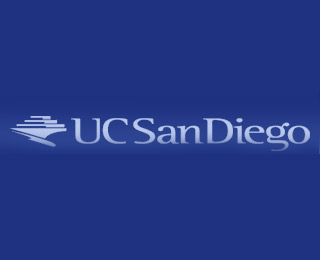
A unique computational strategy was put to use for affirming if current medications are capable of binding to any of the 40 percent proteins in the M. tuberculosis proteome with decipherable three-dimensional structures. None of the tested drugs revealed positive results and one-third of them apparently could be reused for treating tuberculosis. Therefore, researchers now focused on building a complex network of drug-target interactions ultimately giving rise to the TB-drugome.
Though the newly crafted computational, high-throughput process of drug seems effective, further experiments can be conducted for determining its ability. Philip Bourne, PhD, lead investigator, professor of pharmacology at UCSD’s Skaggs School of Pharmacy and Pharmaceutical Sciences, and colleagues predict that TB-drugome binds with the M. tuberculosis proteins and can be altered to elevate capacity of penetrating the bacterial cell membrane.
The research was published in the November 4 issue of PLoS Computational Biology.
